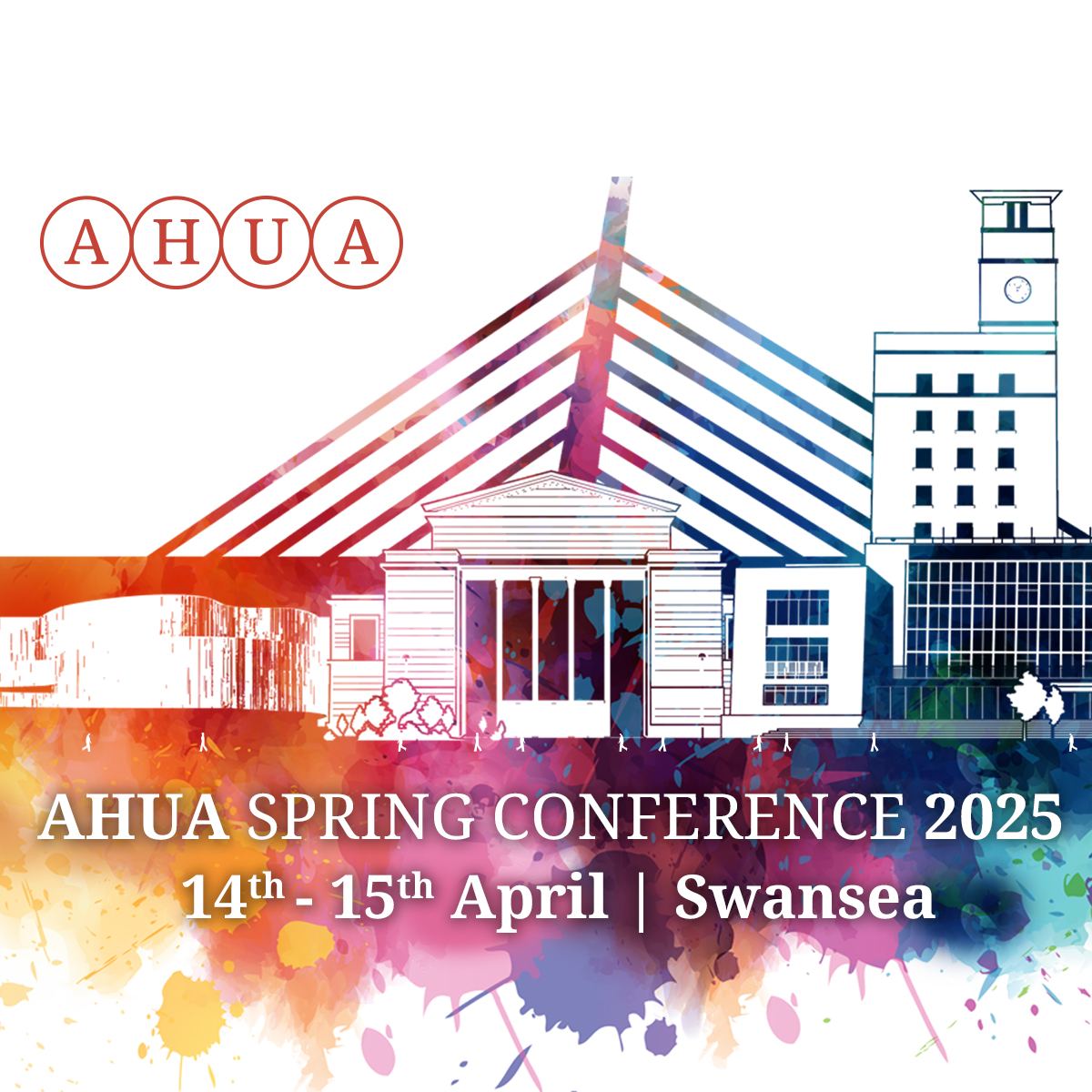Post-tsunami – Scottish Higher Education and the General Election 2015
In the second of our General Election 2015 series, David Newall Secretary of Court at the University of Glasgow gives a Scottish perspective on the election outcomes for Higher Education.

The 2010 General Election was a sleepy affair as far as Scotland was concerned. Not a single seat changed hands and representation north of the border was as it had been in 2005. Spool on to 7 May 2015 and the equivalent of an electoral tsunami took place. Whilst the polls were staggeringly wrong for the rest of the United Kingdom, those that had predicted an SNP landslide in Scotland were almost as staggeringly correct. The nationalists surged to 56 of the 59 Scottish seats, leaving Labour, the Liberal Democrats and the Conservatives with a single MP each.
As independence was rejected in last September’s referendum, it could be argued that whether Scotland votes for no-change as in 2010, or lots of change as did this year, it really doesn’t matter. The majority party across the union will always be the government.
It is also the case that Higher Education is a wholly devolved matter. So what impact could we reasonably expect the Westminster election to have? Going into the election, there were two areas of particular interest. First, the extent of the political parties’ commitment to the Science budget. Second, Labour’s tuition fee proposals, since Scottish legislation forbids us from charging students from the ‘Rest of the UK’ more than the maximum fee set by the UK government.
In the event, the most important thing emerging from the election was the scale of the SNP victory. In the 2010 general election, the SNP received less than 500,000 votes. In May 2015, that rose to almost 1.5m. The party has succeeded in winning over traditional Scottish Labour voters, in huge numbers. It now seems likely that it will govern Scotland for many years to come. Only this week senior Labour figures have all but dismissed the party’s chances of returning to power in next year’s Scottish elections.
Holyrood elections have an element of proportional representation. There are two ballot papers: one to select a constituency MSP; the other to vote for a party. Once the 73 constituency MSPs have been identified, a further 56 parliamentary seats are allocated among the parties. The intention is that, for each of Scotland’s 8 electoral regions, a party’s representation in the Parliament will broadly reflect its share of the popular vote.
This system was designed to make sure that no one party would ever have an absolute majority in Holyrood. But in 2011, the SNP achieved just that: its 45% share of the popular vote translated into 53% of parliamentary seats. Following the UK general election, when the SNP vote rose to 50% (and it won 95% of Scottish seats at Westminster), few people would bet against the party achieving an absolute majority once again in 2016.
The SNP’s record in government would suggest that it values Scotland’s universities as one of the nation’s strengths. There is a genuine interest in widening participation, and a strong commitment to sustain free education for undergraduates. When the £9,000 tuition fee was introduced south of the border in 2011, the Scottish government increased higher education spending to avoid our universities being disadvantaged relative to those elsewhere in the UK.
In view of that financial support, it’s understandable then that the government wants to see the universities contribute to its policy priorities. Outcome agreements were introduced four years ago, negotiated with the Funding Council and involving each university committing to achieve certain performance targets. To date they have had limited impact on funding, but they provide a lever of control that may be used more in future.
And currently we await the Scottish Government’s higher education governance bill. Following the 2010 Westminster election, and with the prospect of severe public spending cuts, some Scottish universities made proposals to rationalise their course provision. When their trade unions criticised the proposals and the governing bodies that had made them, the then Cabinet Secretary for Education committed to reforming university governance. In particular, university governing bodies should in future have trade union representation and elected chairs.
Scotland has excellent universities and a government that wants to keep them that way. But for those who believe that universities are most successful when they are free from political control, then there may be cause for concern. Scotland’s universities operate in a small country in which, post-devolution, politicians take a close interest in what they do. They are also more reliant on public funding than universities in the rest of the UK. And, barring any major political upset, the Scottish government can be confident of a parliamentary majority for virtually any legislative initiative. But good government also requires respectable alternative perspectives. The result of the UK General Election, along with the dominance of the SNP at Holyrood, suggests that in Scotland the prospect of a strong parliamentary opposition is remote. At least for now.
